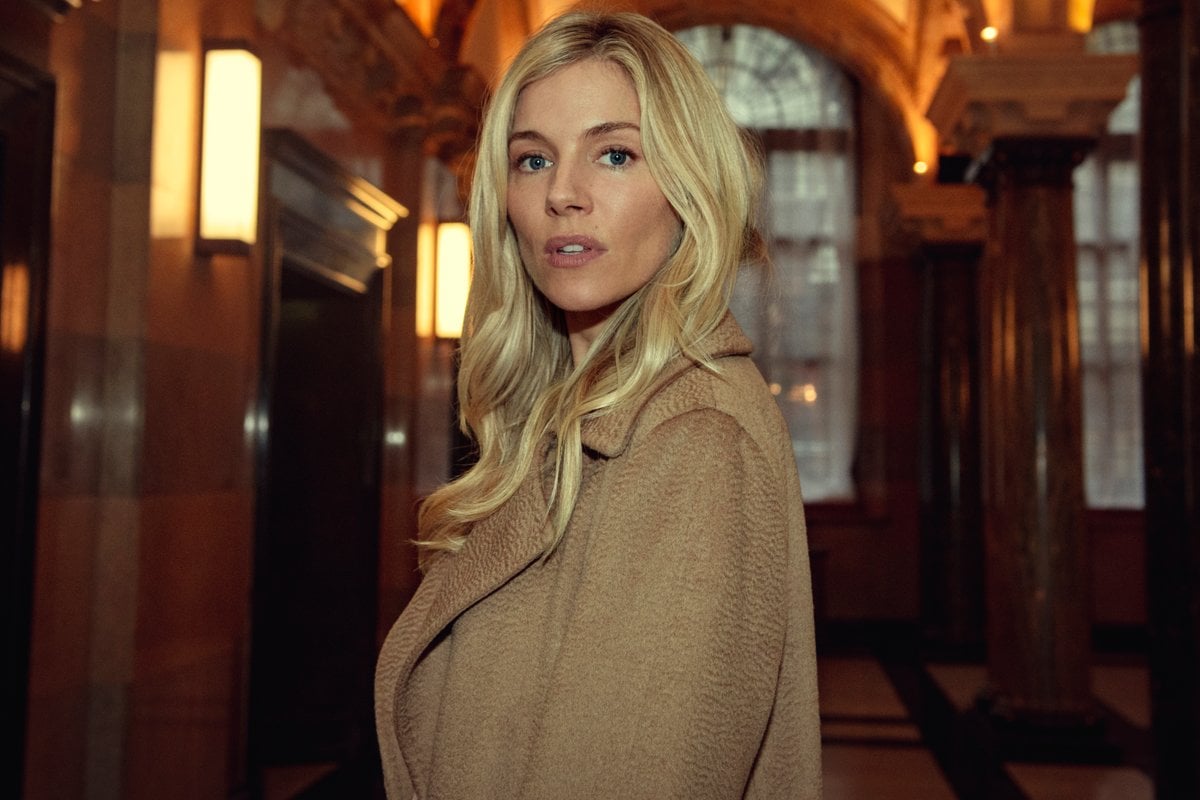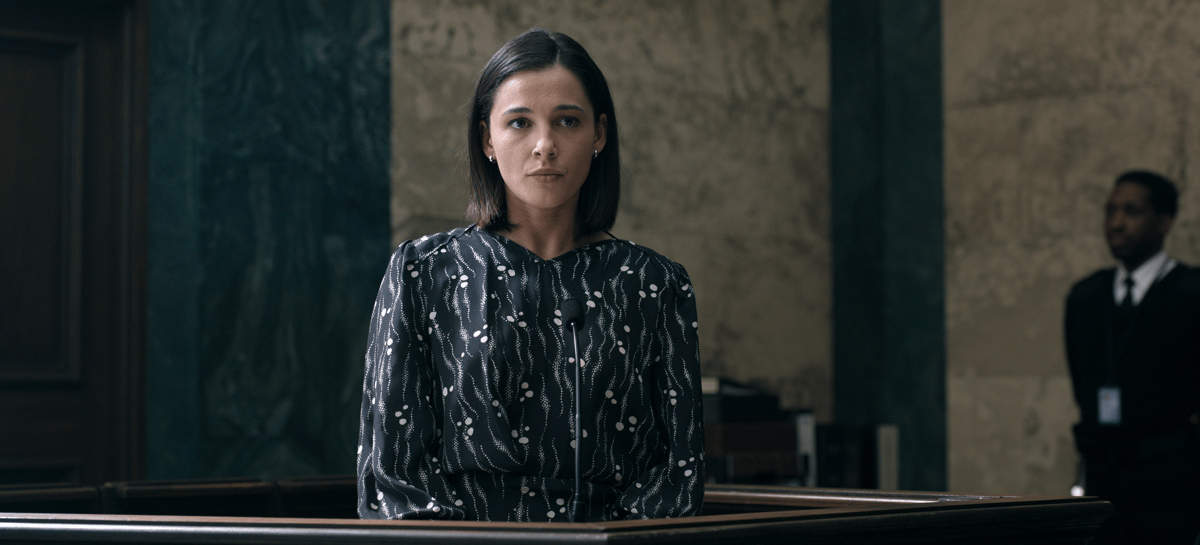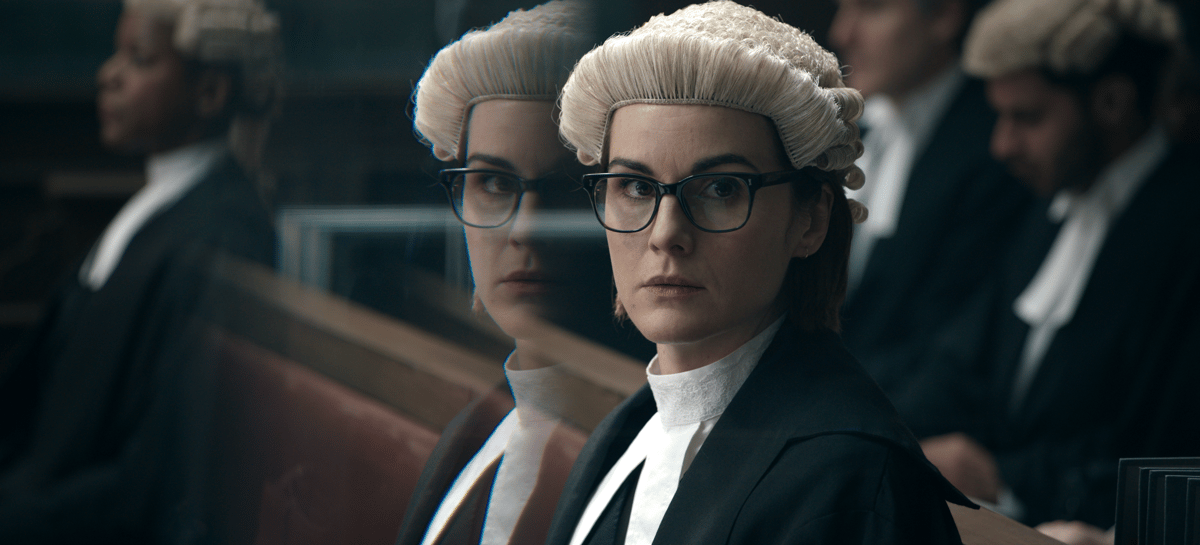
This post deals with sexual assault and could be triggering for some readers.
Netflix's Anatomy of a Scandal hits all the right notes when it comes to being a TV series that's easily consumed faster than a glass of red wine on a stormy night.
There's a gaggle of aesthetically pleasing actors all garbed in muted yet expensive looks (let's just say that if the Golden Globes were still a thing, Sienna Miller's coat collection would definitely be in with a chance) all weaving in and out of lavish homes as they grapple with a web of secrets.
Which all makes sense seeing as the series was developed and executive produced by David E. Kelley, the creative powerhouse behind shows such as Big Little Lies and The Undoing, which also happen to feature famous actresses in good coats devouring glasses of wine the size of well-fed kittens.
Anatomy of a Scandal, which was one of Netflix's top trending shows during its release week, begins when Sophie Whitehouse (Sienna Miller) is summoned home by her MP husband James Whitehouse (Rupert Friend) to be told he has been having an affair with his parliamentary researcher Olivia Lytton (Naomi Scott) and the story is about to be splashed across every news site.
The story quickly becomes more than a headline, however, when Olivia accuses James of rape and Kate Woodcroft (Michelle Dockery) steps in as the prosecution counsel tasked with James' case, all the while hiding her own secret history with the Whitehouse family.
Listen to this episode of The Watch, which discusses every plot twist in Anatomy of a Scandal. Post continues below.



Top Comments